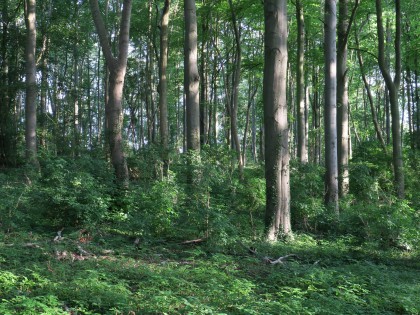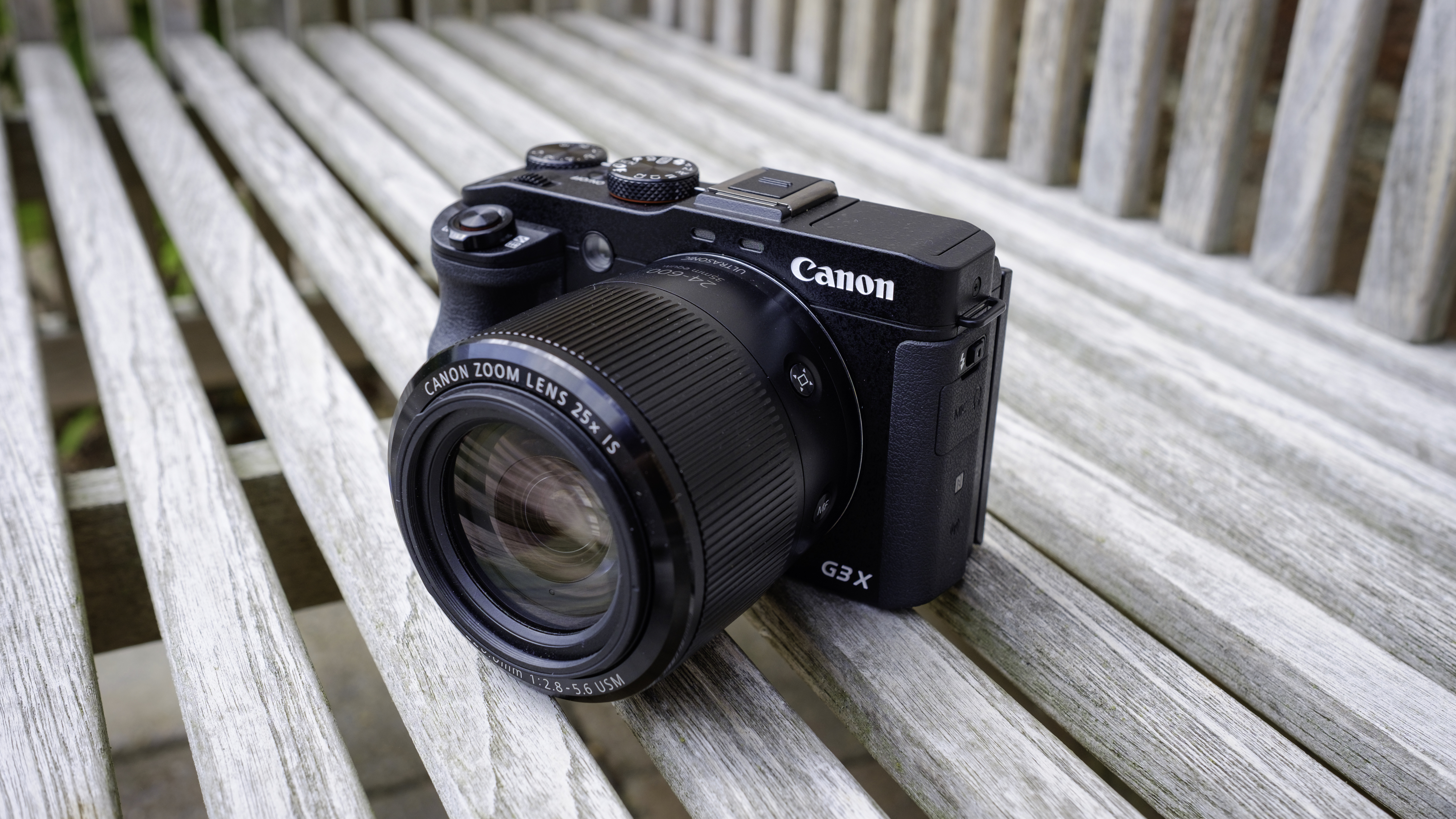Why you can trust TechRadar
The Canon 24-600mm equivalent f/2.8-5.6 lens performs remarkably well across its zoom range, and is particularly impressive at its long end, where you might expect it to fall down. Sharpness and detail are excellent across the whole frame through most of the range; not surprisingly, there's a slight reduction in sharpness at the edges of the frame at the widest and longest settings, but centre sharpness remains very good.
On the whole the results are more than good enough for likely users of this camera, and will probably surprise those who might think a 24-600mm lens on a compact would be a compromise too far. Wildlife enthusiasts will certainly enjoy having access to a 600mm equivalent focal length, enabling them to photograph subjects that would otherwise require an DSLR and huge/expensive long lens.

Distortions are surprisingly low, with very little correction required even at 24mm. Chromatic aberrations and colour bleed are pretty well controlled, and are only evident in highlight areas towards the edges of the frame – and raw images are easily corrected in Digital Photo Professional, while the in-camera processing takes care of JPEGs.
Of particular note is the nine-blade aperture construction which gives a beautifully smooth bokeh. Couple that with a 600mm equivalent focal length and an aperture of f/5.6 and you can isolate subject very effectively – something that's not easy achieve with compact cameras.
When you consider the challenge of making a lens that covers such a large range fit into a relatively small camera, Canon should be applauded for engineering an optic that does so much so well – it far exceeded my expectations. Canon says the G3X uses a 'premium superzoom for professional quality' results and, when you take into account the versatility of this lens and the relatively small sensor being used, these claims don't seem unfounded.

Whilst the minimum focus distance of 5cm is longer than that of some competitors, the fact that this remains constant from 24mm to 100mm means you're able to obtain a pleasingly shallow depth of field at almost any focal length, so long as you are able to get close to your subject. There's also a Background Defocus filter setting (JPEG only), which can be another effective way of isolating your subject. The Miniature and Soft-focus filters are also worth a little exploration, and can produce some interesting effects with suitable subjects.
Also worth exploring is the Creative Effects setting, which automatically creates a selection of different images from the same shot, applying both different colour effects and different crops; however there's no panorama mode, which is somewhat surprising, nor is there a multiple exposure option.
Sign up for breaking news, reviews, opinion, top tech deals, and more.
The five-axis image stabilisation works superbly and, with good technique, speeds as low as 1/4 sec can be achieved with the lens at its widest setting. If you enable Auto ISO, the camera ensures that a minimum speed of between 1/60 and 1/320 sec is maintained, depending on the focal length used. Should you want to use the camera on a tripod, you can turn off stabilisation in the shooting menu.


I found one shot autofocus on the G3 X to be very responsive and accurate in good light, rarely failing to lock onto the intended subject. In low light, backlit and other excessively contrasty conditions, and when shooting amongst grasses the AF did struggle, particularly at longer focal lengths, and a bit of perseverance is required in these circumstances; you can also resort to manual focusing if necessary, although if you're shooting towards the sun you may struggle to see the focus peaking indicators.
The face detection technology utilised by the G3 X is sophisticated and works very well. An extraordinary array of options are available, and it's hard to see someone working through them all, but those I tried were certainly effective.
The Servo AF mode works reasonably well on slow-moving subjects in good light, but in low light and when trying to track fast-moving subjects it struggles to follow and lock onto the target. Part of the problem is that in most operating modes the screen fails to refresh in time, meaning you lose your subject on the screen if you try and take continuous shots. In Sport mode, the screen does refresh, but rather slowly and the burst rate is also much reduced; however, it does give you a better chance of successfully tracking your subject.
Although spot and centre-weighted average metering are available, most people are likely to use the G3 X's multi-metering mode, and I found this to be very accurate in a variety of situations. The full auto shooting mode works very effectively, and if you're using some of the more advanced modes such as aperture priority, you can set the camera to auto-correct both highlights and shadows – in all but the most tricky conditions this does a good job of minimising burnt-out skies and lifting the very darkest shadows.

Images are very clean indeed from ISO 125 to 400, even shadow areas. JPEG files have fairly aggressive noise reduction applied at higher ISO settings, but the resulting files are smooth looking and retain a reasonable amount of detail, certainly up to ISO 1600. At ISO 3200 JPEGs start to become rather soft, but they're still usable. ISO 6400 and 12800 are best kept for emergency use, but it's good to have them if required.
Raw files still have a pretty impressive amount of detail even at ISO 3200, although at the cost of considerable noise. The excellent dynamic range of the G3 X is evident if you try boosting the shadows at lower sensitivity values in post-procsessing – up until ISO 800, you can lift the exposure and fill shadows without too much deterioration.
I found the Auto White Balance (AWB) setting mostly very accurate, certainly in bright sunny conditions where it produces accurate colours that aren't overly warm. The results are a little on the cool side in overcast or shady conditions, but not unpleasantly so. In such conditions, setting the white balance to Daylight gives you marginally warmer colours, with Cloudy being considerably warmer, but still producing images with good colour and tone; the Shade setting produces images that are rather too warm for my taste.
